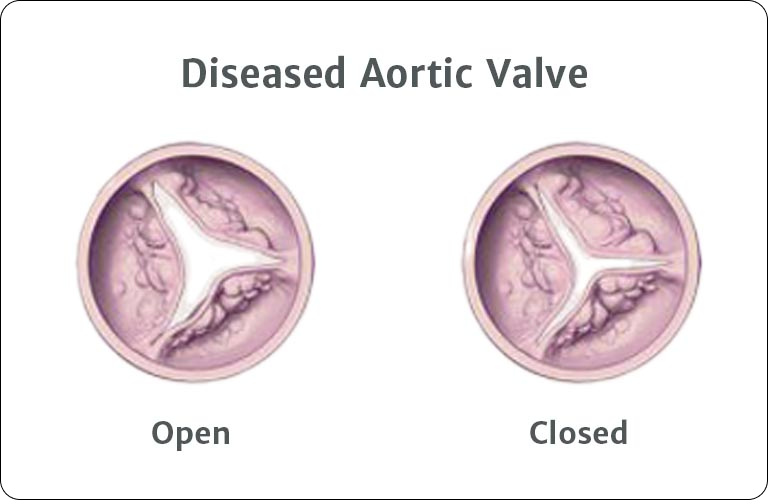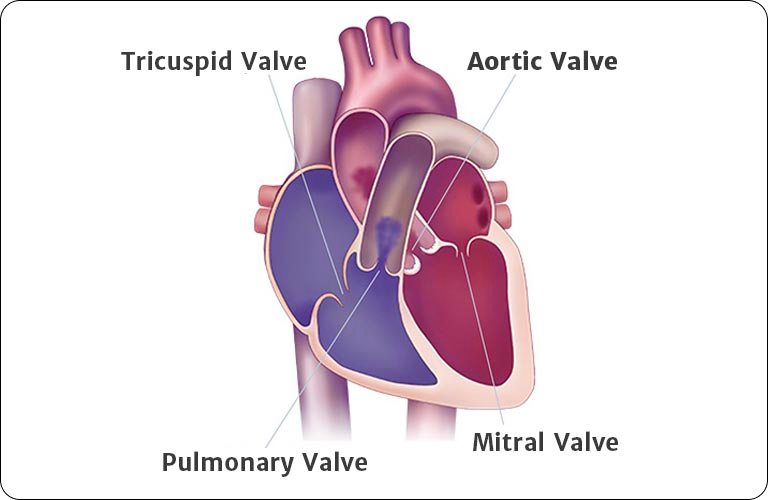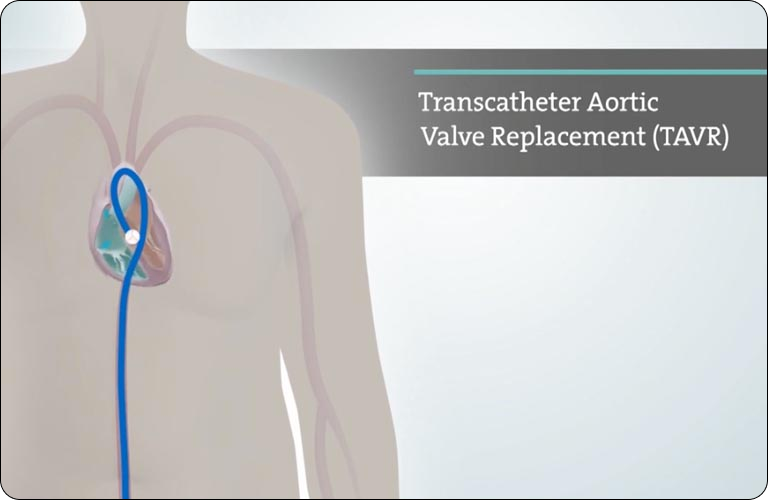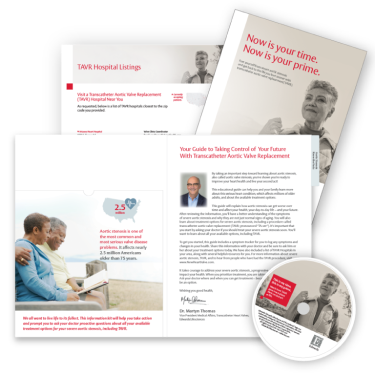What to know before leaving the hospital
Your doctor may give you specific instructions to help you with your recovery. it is important to carefully follow your doctors directions, and ask for clarity if you are unsure.
Here are some questions you may want to ask regarding your after care:
- How soon can I get back to my day-to-day activities?
- When can I increase my level of physical activity?
- Are there activities I should avoid?
- Can I drive?
Before you or your loved one leaves the hospital, make sure to ask specific questions about eating, sleeping, activity level, medications, and follow-up appointments.





 Australia
Australia
 Brazil
Brazil
 Germany
Germany
 Italy
Italy
 Netherlands
Netherlands
 New Zealand
New Zealand
 South Korea
South Korea
 Southeast Asia
Southeast Asia
 United Kingdom
United Kingdom

